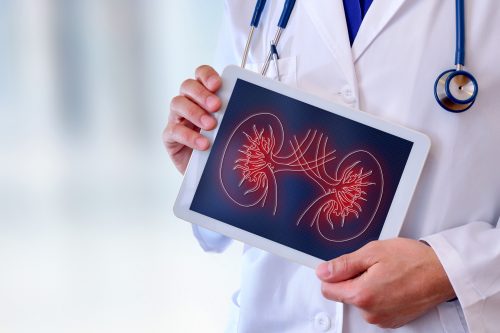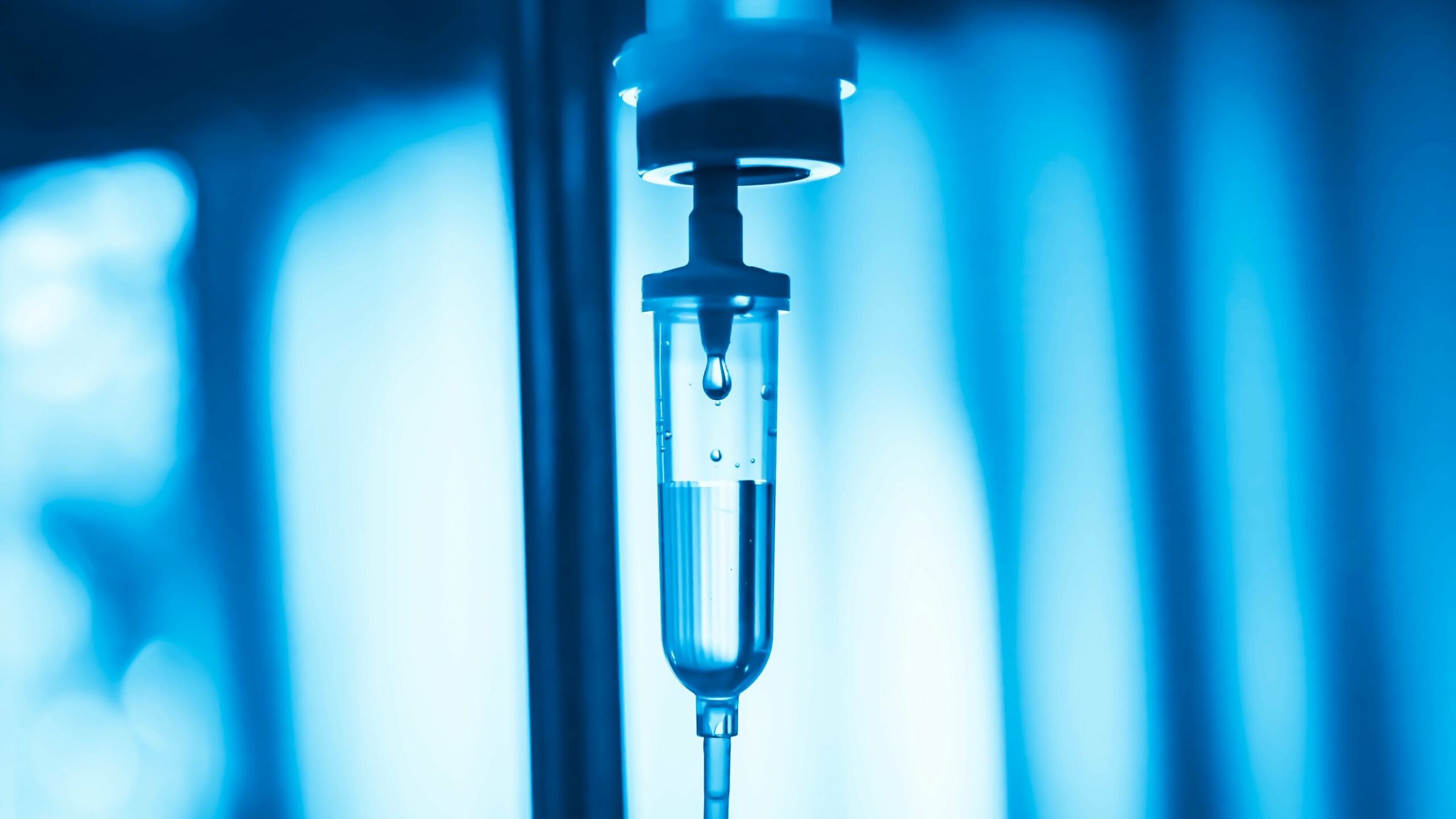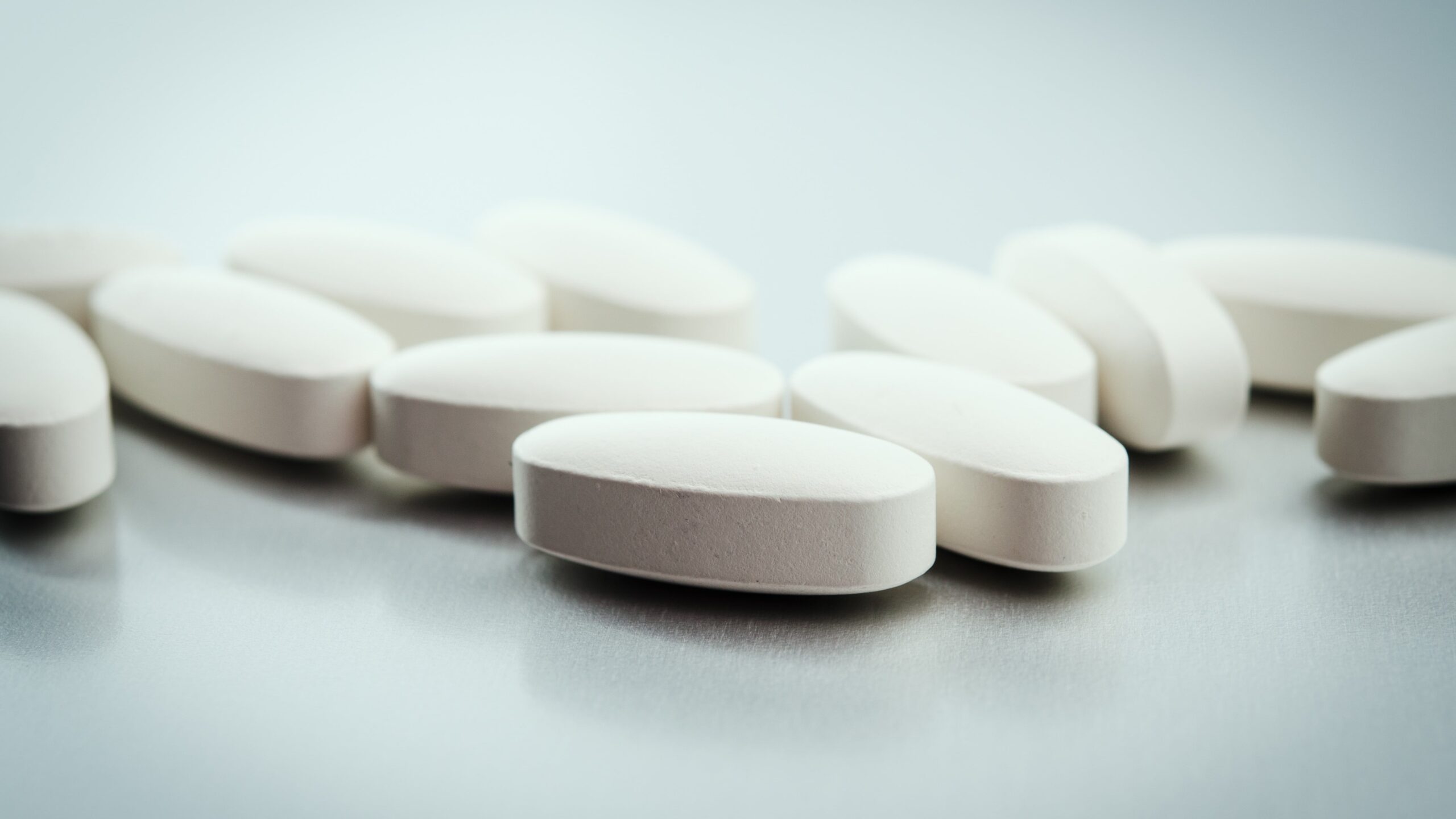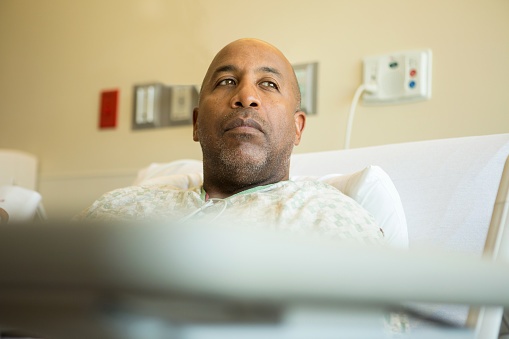
IgA nephropathy (IgAN) is among the most common types of chronic glomerulonephritis. Over a span of 20-25 years, 30-40% of patients with IgAN develop chronic kidney disease. Although several therapeutic regimens for IgAN have been attempted, long-term follow-up studies are needed to confirm their efficacy. Absence of proteinuria has been considered evidence of treatment efficacy, but research presented at ASN Kidney Week 2022 indicated that it is not a trustworthy surrogate marker.
Byoung-Soo Cho, MD, PhD, and Won-Hee Cho, MD, sought additional insight by examining the pathologies of IgAN patients who showed clinical improvement after treatment with methylprednisolone pulse therapy. (One cycle of pulse therapy consists of methylprednisolone 20-30 mg/kg, maximum 1 g/day intravenously for three consecutive days; three to 17 cycles were performed every two weeks depending on severity.) They shared findings during a poster presentation at ASN Kidney Week 2024 titled Follow-Up Kidney Biopsy Might Be a Mandatory Procedure After Treatment in IgA Nephropathy.
The researchers’ clinic performed 1,982 renal biopsies in the last 10 years, of which, 619 cases (31.2%) were IgAN. Follow-up biopsies were performed in 160 cases (25.8%) where clinical improvement was demonstrated, including normalized urinalysis findings. These follow-up biopsies were categorized into three groups; A, B, and C.
Of the follow-up cases, 83 (51.9%) showed improved renal pathology, such as the disappearance of electron dense deposits, restoration of foot processes, and decreased mesangial proliferation. Therefore, they were categorized as group A. Group B had no significant pathological changes and comprised 63 cases (39.3%). Finally, group C showed aggravated pathological changes, such as increased glomerulosclerosis, tubular atrophy, and interstitial fibrosis, and comprised 14 cases (8.8%). The male-to-female patient ratio was 81:79 and mean age was 33 years.
Of 160 cases of IgAN that showed clinical improvement, only 83 (51.9%) improved pathologically. Normalized urinalysis was not an accurate indicator of improved pathology. Patients with no significant pathological changes and with aggravated pathological findings require thoughtful follow-up. Renal biopsy may be required to determine the efficacy of IgAN treatment in these patients.
Source: Cho B-S, Cho W-H. Follow-up kidney biopsy might be a mandatory procedure after treatment in IgA nephropathy. FR-PO878. Abstract of a poster presented at the American Society of Nephrology Kidney Week 2024; October 25, 2024; San Diego, California.







 © 2025 Mashup Media, LLC, a Formedics Property. All Rights Reserved.
© 2025 Mashup Media, LLC, a Formedics Property. All Rights Reserved.